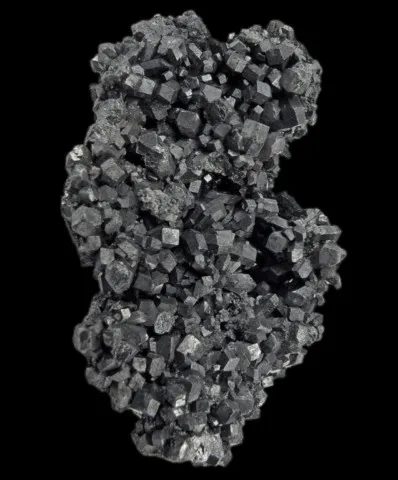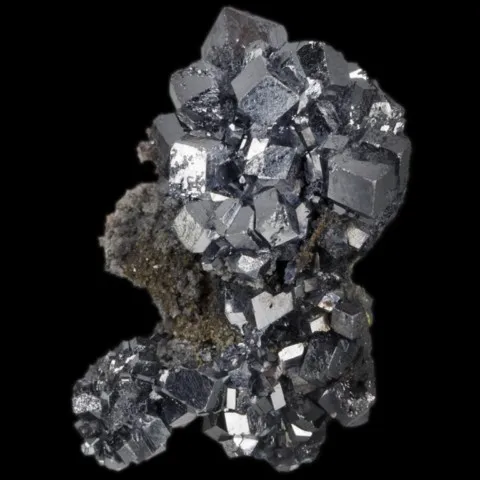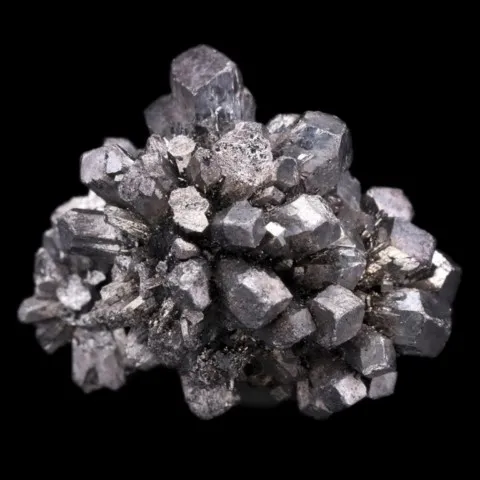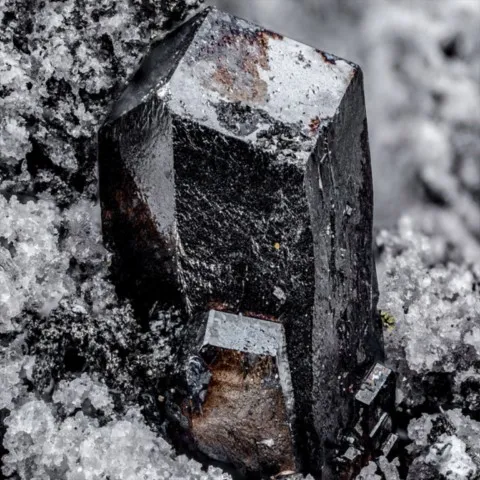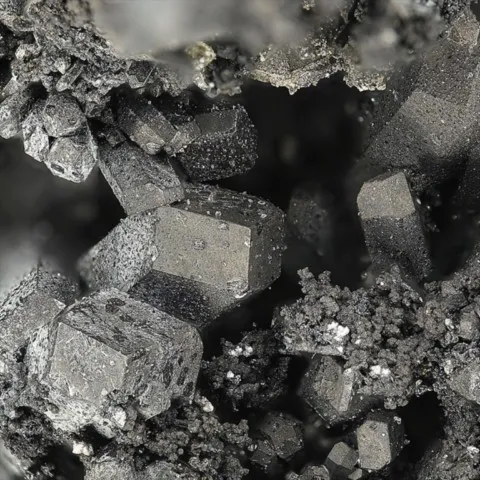GRATONITE
Class : Sulfides and sulfosalts
Subclass : Sulfosalts
Crystal system : Trigonal
Chemistry : Pb9As4S15
Rarity : Very rare
Gratonite is a very rare sulphoarsenide, present in certain hydrothermal deposits of lead, zinc and copper (veins, sulfidic masses, cover deposits, etc...), along with galena, sphalerite, chalcopyrite and arsenic minerals (enargite, tennantite). The presence of gratonite in the ore induces the formation of lead arsenates (particularly mimetite) in outcrops. It was named in honor of Louis Caryl Graton, professor of metallogeny at Harvard University. Gratonite forms elongated prismatic crystals up to 5 mm grouped in radiated aggregates up to 4 cm, and small lead-gray masses, opaque with a metallic luster.
Main photo : Gratonite from Excelsior Mine, Cerro de Pasco, Pasco province, Pasco, Peru © Rob Lavinsky
Gratonite in the World
Twinning
No twins known for this mineral species.
Fakes and treatments
No fakes recorded for this mineral species.
Hardness : 2.5
Density : 6.22
Fracture : Irregular to conchoidal
Streak : Black
TP : Opaque
RI : -
Birefringence : -
Optical character : -
Pleochroism : None
Fluorescence : None
Solubility : -
Magnetism : NoneRadioactivity : None

